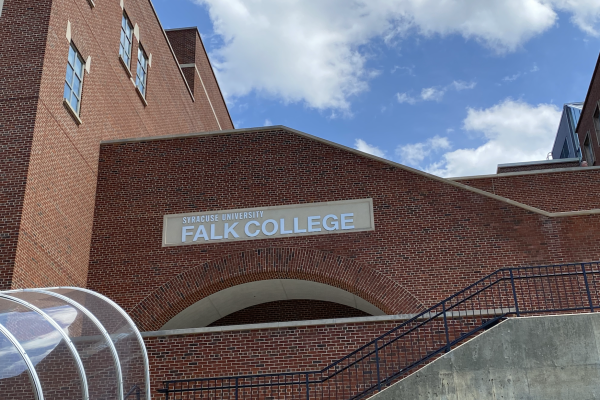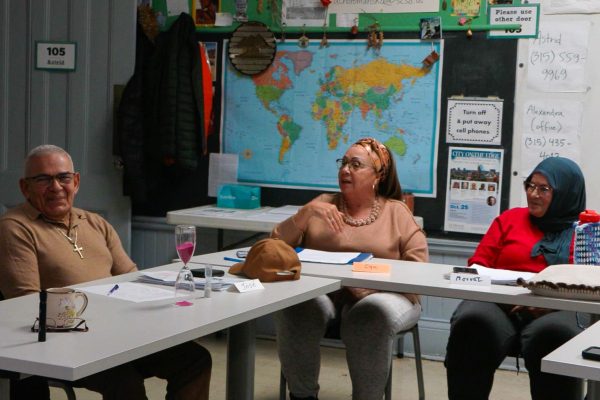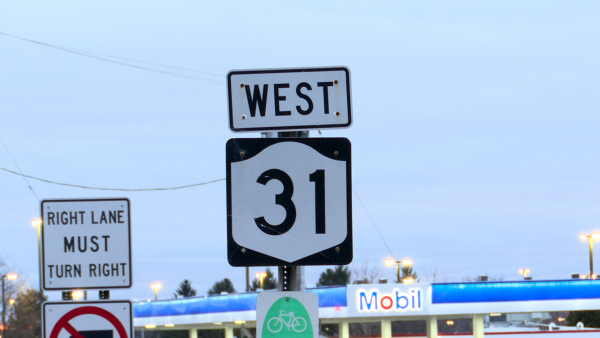
SYRACUSE, N.Y. (NCC News) – Here is some food for thought.
How far away is your nearest grocery store?
For the residents of downtown Syracuse, there is only one major supermarket within a mile walk of the Centro Transit Hub.
In fact, the people that live on the city’s west side – sandwiched between Route 173 and Interstate 81 – have only four major grocery chains. Those living to the east of the viaduct and west of Fayetteville have double that number––despite having around half as many residents.
Having only a handful of stores within a ten minute drive might not seem like a major obstacle. But Syracuse residents are three times more likely to not own a car than the average American, according to Census Bureau data from 2018. Those Census findings show that just over 14 percent of people in Syracuse do not own a vehicle.
Not owning a car and living miles away from the nearest grocery store turns routine chores into a real challenge––a hardship referred to by many experts as a “food desert.”
That same Census data makes clear a reality that many know to be true.
The residents of Syracuse’s west side, which is majority Black, are in a vastly worse-off financial position than those in the city’s suburbs––neighborhoods which are predominantly white. This is a racial disparity that directly impacts people’s livelihoods, nutrition and health.
Phoebe Ambrosse, who studies food science and citizenship and civic engagement at Syracuse University, said that without a car, residents of the west side neighborhoods must rely on smaller convenience stores.
“You see corner stores in most of the impoverished areas and those don’t typically carry healthy, high quality food,” Ambrosse said.
This is where organizations like Brady Farm and Pete’s Giving Garden hope to fill a gap and fill some stomachs with more nutritious offerings. Ambrosse volunteers at both the farm and the garden, helping grow produce that can be prepared and sent to local food pantries.
In addition to supplying fruits and vegetables, Ambrosse has also worked with the Syracuse Samaritan Center preparing warm meals for the hungry. The center also receives raw ingredients from both the farm and garden.
Murray Gould, who is the director of Saint Lucy’s Pantry, said the need for organizations like his has grown immensely during the pandemic.
“When the pandemic first hit our numbers doubled, we saw twice the amount of people for two for two to three months,” Gould said.
He credits the enhanced federal unemployment benefits for bringing need down about 35 percent from the pandemic’s peak.
And while access to nutritious groceries remains an obstacle for many in Syracuse, Gould said that the past year has shown him the strength of neighbors.
“People are good and they want to help,” Gould said.




